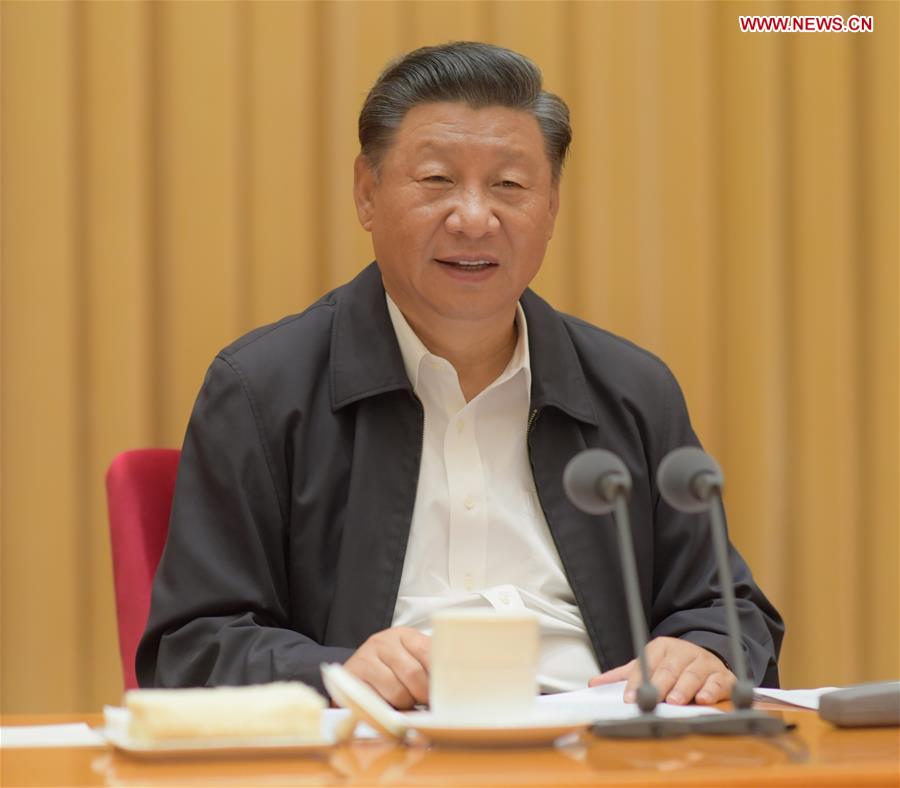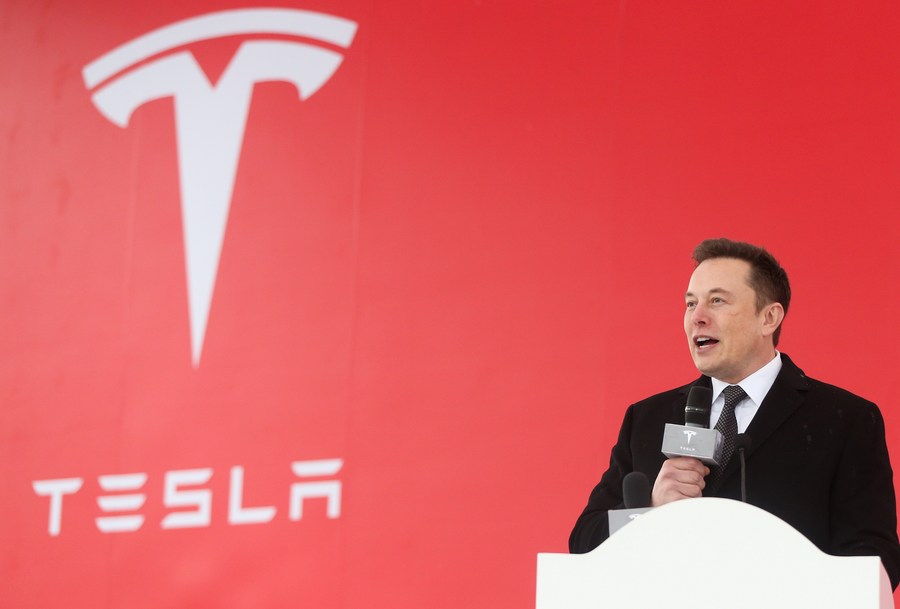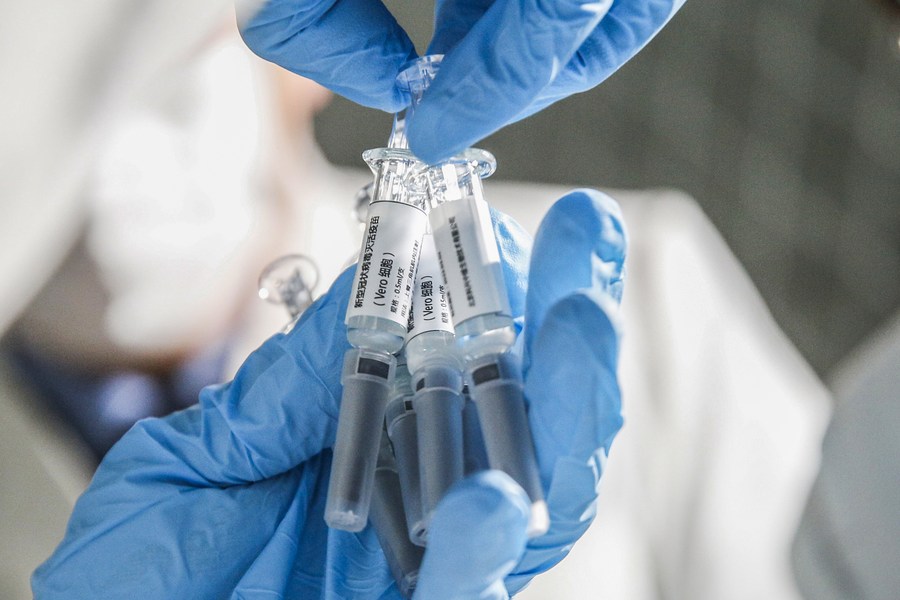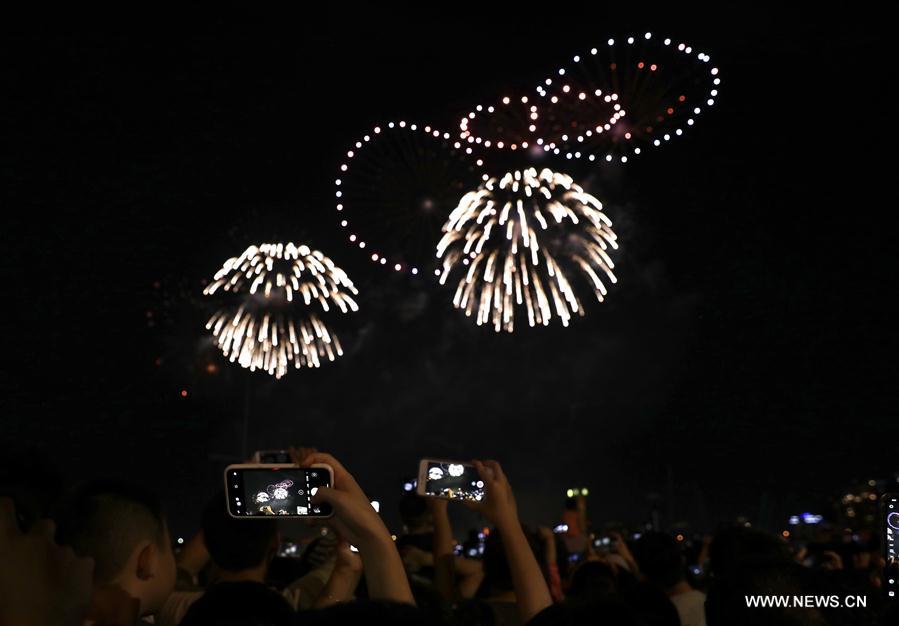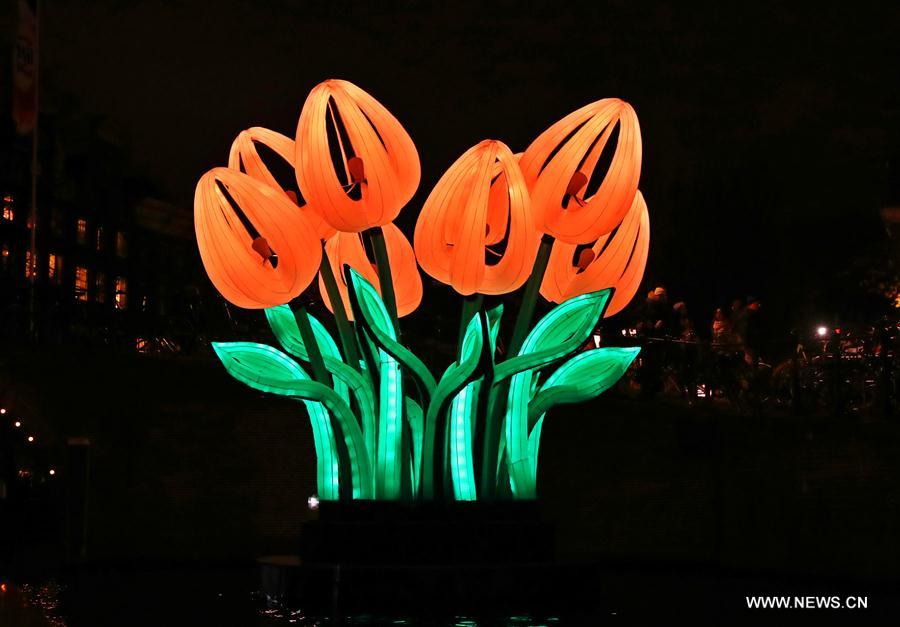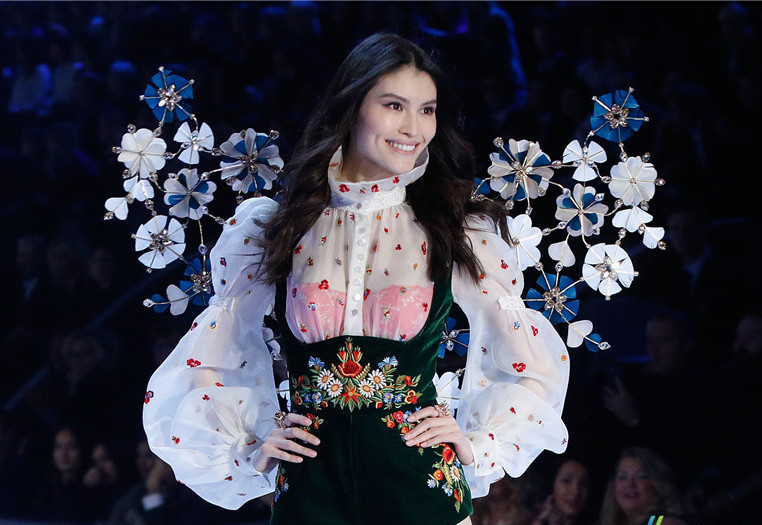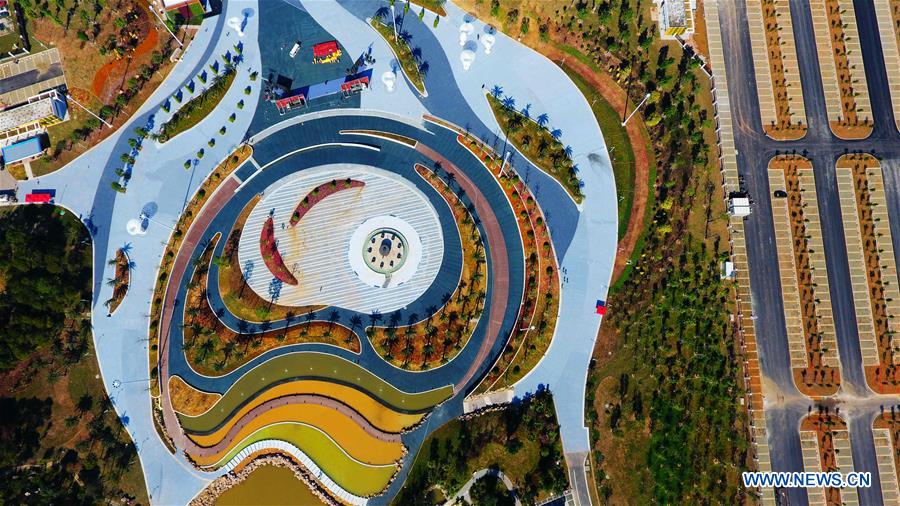-- The 2020 Democratic and Republican presidential nominees respectively rolled out their visions for the United States, while adding fuel to political rhetoric against each other.
-- Traditionally, party conventions are aimed at building momentum for presidential nominees in the months leading up to the election day.
-- The 2020 U.S. presidential election will take place on Nov. 3.
WASHINGTON, Aug. 30 -- The 2020 Democratic and Republican conventions concluded successively in these two weeks, where presidential nominees respectively rolled out their visions for the United States, while adding fuel to political rhetoric against each other.
The conventions came at a time when the coronavirus pandemic is still raging in the country, with the economy struggling to recover, and calls for racial justice growing stronger. The events have set the stage for the final sprint in the presidential election that is saddled with uncertainties and challenges.
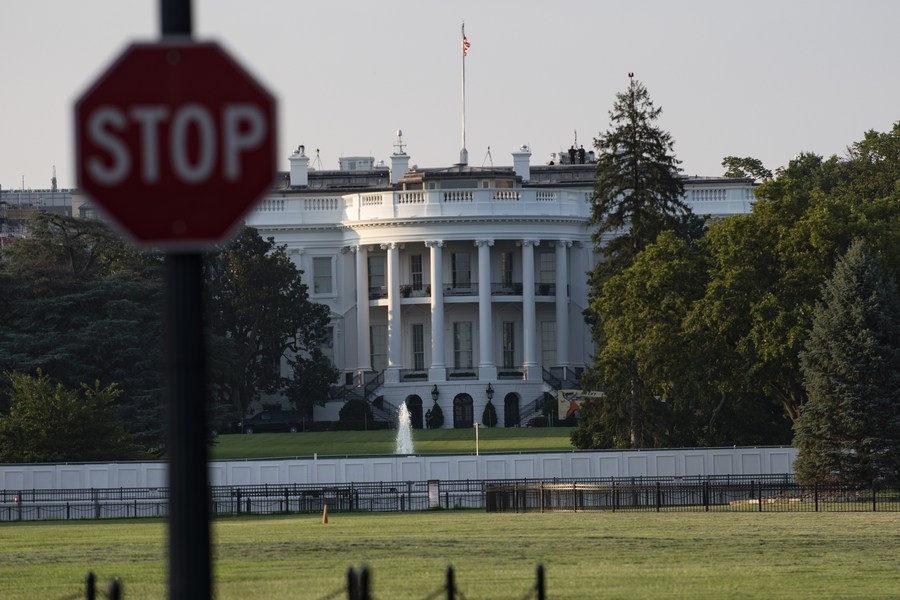
Photo taken on Aug. 10, 2020 shows the White House in Washington, D.C., the United States. (Xinhua/Liu Jie)
DIFFERENT VISIONS
During the finale of the Democratic National Convention (DNC) on Aug. 20, former U.S. Vice President Joe Biden accepted the party's presidential nomination in a speech swiping at his Republican rival, sitting President Donald Trump.
From a stadium in Wilmington in the eastern state of Delaware, Biden accused Trump of cloaking "America in darkness for much too long" and causing "too much anger, too much fear, too much division," while presenting himself as a unifying force to restore "the soul of the nation" and "an ally of the light."
The 77-year-old moderate political veteran, who has also enjoyed support from the party's liberal wing, went on to promise to address the pandemic from day one since taking office, rebuild the economy, strengthen the health care system, deal with racial injustice, and tackle climate change.

